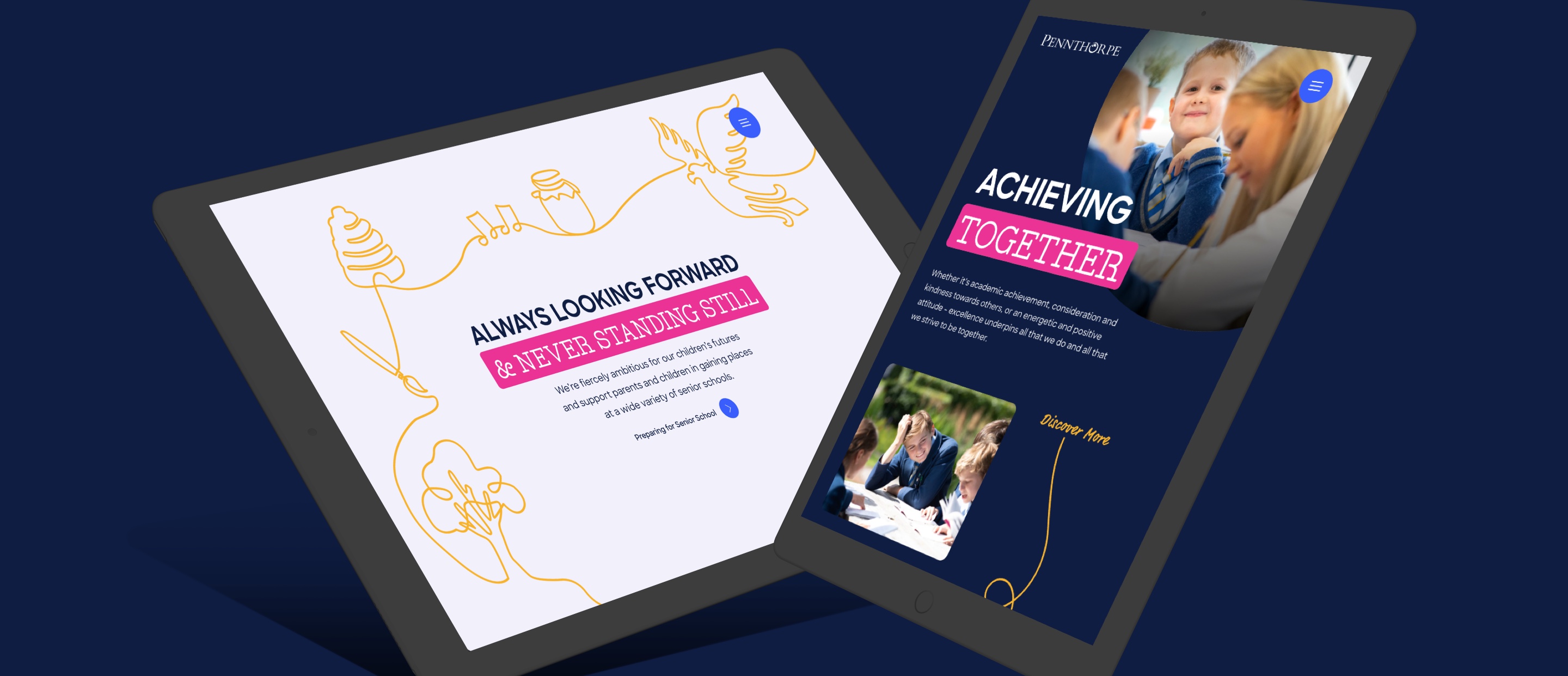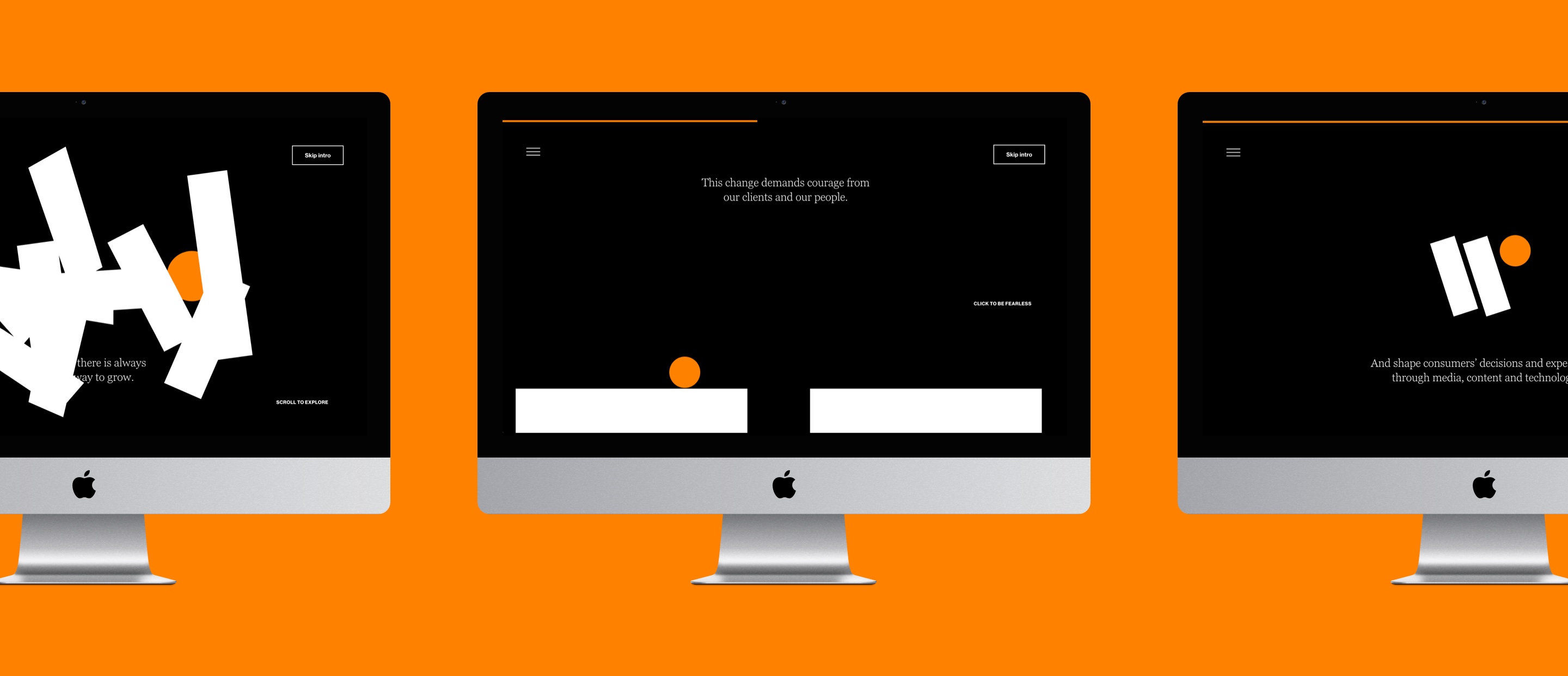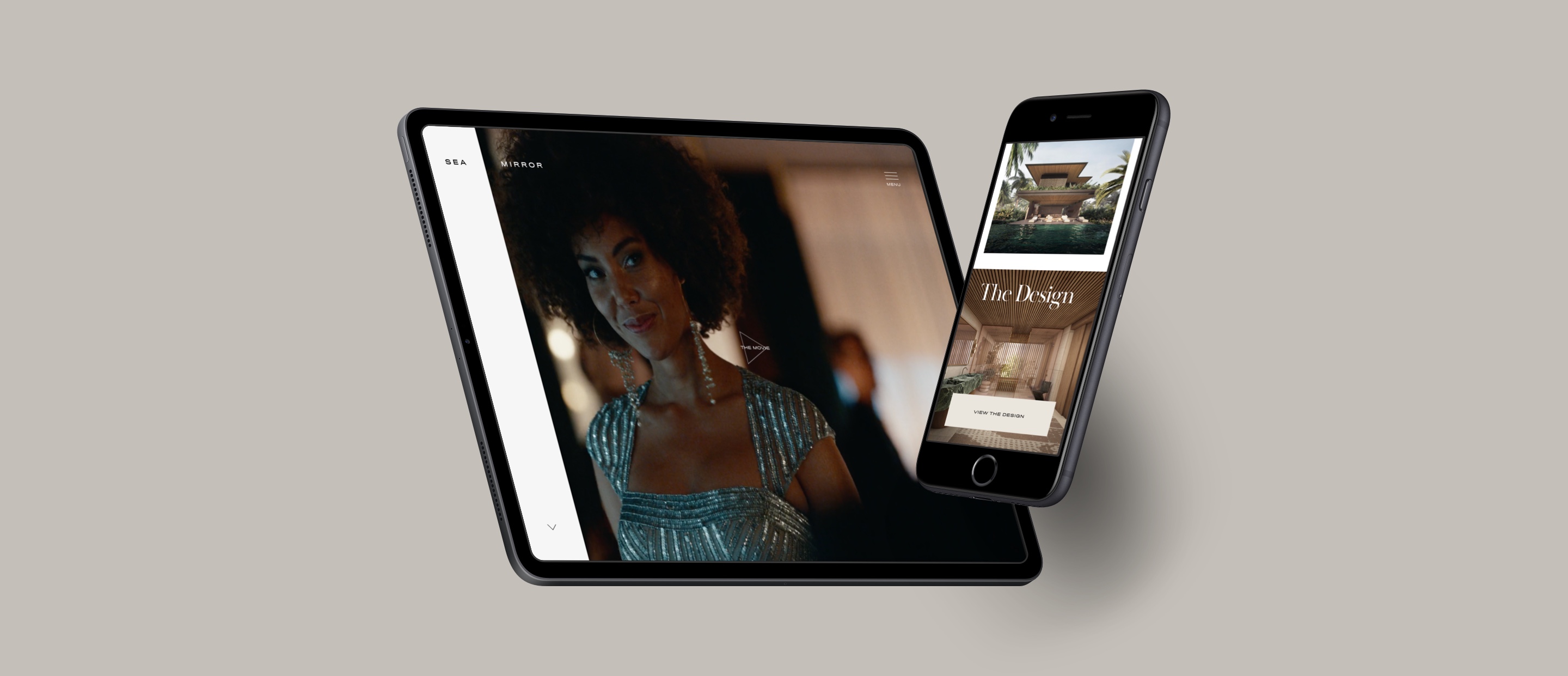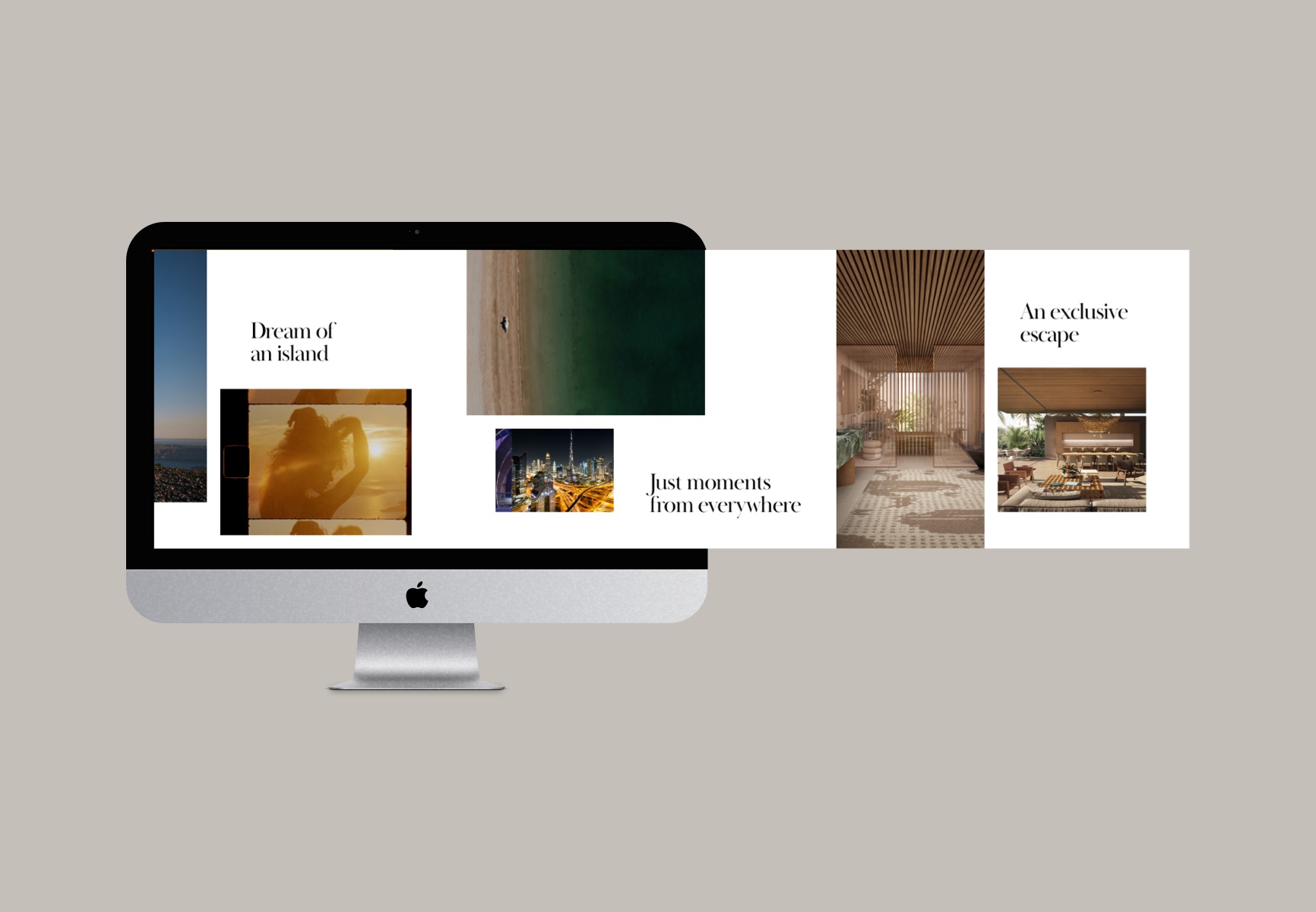Telling a story through design
Stories have gripped readers for centuries, and there are lessons we can learn from even the oldest tales. A great story draws on emotion and evokes a response from the audience. This is a principle we carry into web design, by crafting a brand narrative to increase conversions.
Understanding the audience
When creating a narrative for a brand, we first look to understand their customers – the target audience. What are they interested in? How can we help solve their problems? Ultimately, a user is primarily interested in the things they care about or will help them. With that in mind, embedding the customer in the heart of the narrative is essential. By forging this deeper connection with their emotions, we are looking to show that we understand and resonate with them, striking up an instant rapport. An example of this is Pennthorpe School. This really appeals to students and parents by highlighting the things that are important to them as they scroll down the page. Alongside fun interactive graphics, this helps create an engaging and memorable homepage experience.

Pennthorpe School – Brand Assets, Website Design, Development, SEO, CMS, Mobile Website
Unpacking the narrative
Unlike traditional novels, in web design we don’t have the luxury of unpacking the narrative across hundreds of pages. Instead, we have a few seconds to connect with the user enough to convince them to stay on the site. We often choose to lead with a concise summary of the brand narrative within the header to catch the user’s attention. This is then developed and elaborated on as the user continues to scroll down the page. Furthermore, we always ensure that the messaging is short and to the point. Customers aren’t looking to read huge reams of copy. They want short, concise reasons to choose a product or company. A great example is Wavemaker, in which the user clicks through a series of interactive animations. In doing so they are taken on a journey, with relevant content about the company made engaging through the use of this narrative-led experience.

Wavemaker – Design, Development, SEO, CMS, Mobile Website
Balancing storytelling with functionality
Although narratives are fantastic at building rapport with visitors, there is a balance to strike between storytelling and functionality. It’s possible to compromise the effectiveness of a site by building an unusual user experience just to fit with the brand narrative. Getting this balance right is the key to success, and by weaving in proof points like statistics or testimonials amongst the storytelling, we are able to create a more rounded and effective narrative.
Using visual elements
We use various brand elements to help guide a narrative and create a seamless experience. Photography and videography are a great way to communicate information about a service in a visual way, which also highlights the benefits to the user. We can also use other brand elements such as fonts and colours to help portray the brand in the desired light. For example, a luxury fashion brand often sells products by depicting an aspirational lifesyle, therefore choosing a premium font would help to create a cohesive brand narrative. A great example of this is Sea Mirror – all of the assets on the website are very high-end, consequently giving the user an idea of the life they could lead living in this development.

Sea Mirror – Design, Development, SEO, CMS, Mobile Website
Summary
Creating an engaging and integrated brand narrative is becoming an increasingly popular way of standing out from the competition. It allows users to be at the heart of the offering, making the brand human and relatable. It is therefore no surprise that we find this is often the perfect foundation for a compelling website that not only looks great but increases conversions too.












